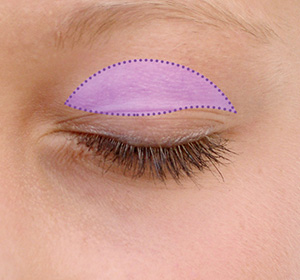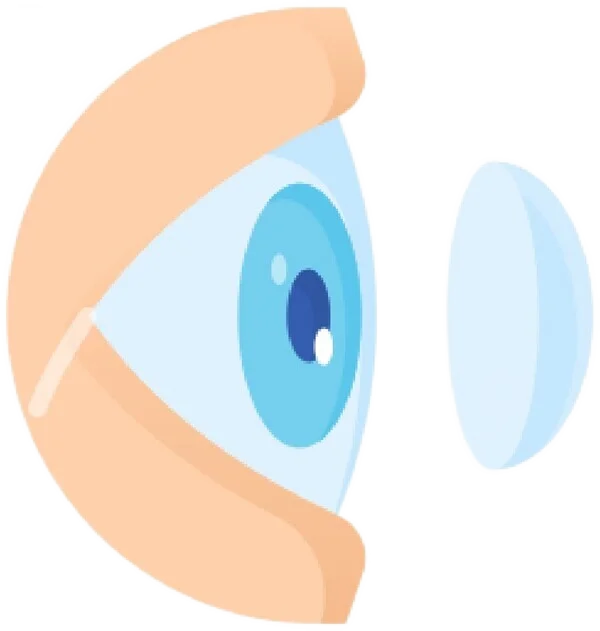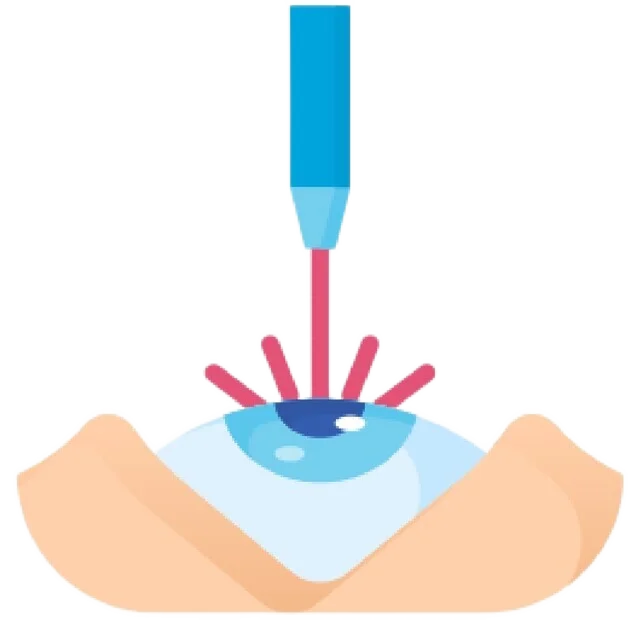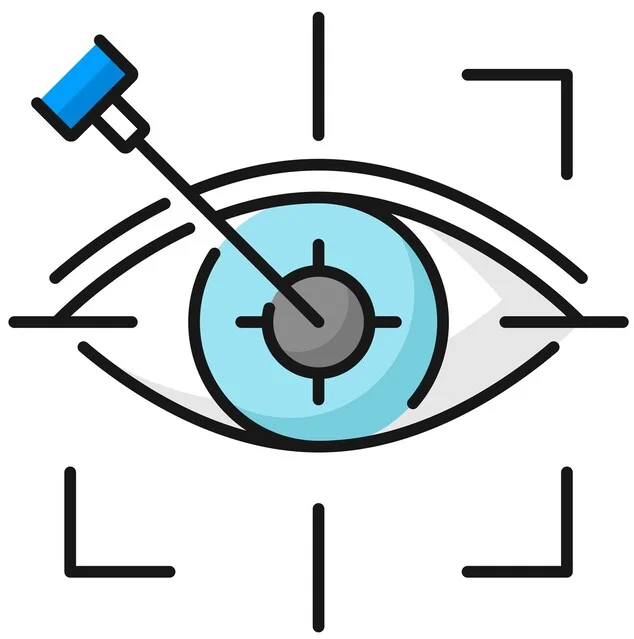
Welcome to Mr. Mo Majid a skilled and experienced surgeon specialising in eyelid surgery in Bristol, Newport, Cardiff and Swansea.
With a commitment to providing exceptional care and advanced surgical techniques, Mr. Majid is dedicated to helping patients achieve their aesthetic goals and improve the function and appearance of their eyelids.
About Mr. Mo Majid:
Mr. Majid is a renowned eye surgeon in Bristol, Newport, Cardiff and Swansea, with a deep understanding of eyelid anatomy and the intricacies of eyelid surgery. With years of specialised training and clinical expertise, Mr. Majid has successfully performed numerous eyelid procedures, earning a reputation for exceptional results, personalised care, and a commitment to patient satisfaction.
Eyelid Surgery Options:
- Blepharoplasty: Blepharoplasty, also known as eyelid lift surgery, is a procedure designed to rejuvenate the appearance of the eyelids by removing excess skin, fat, and muscle. This surgery can address droopy upper eyelids, puffy lower eyelids, and under-eye bags, resulting in a more youthful and refreshed look.
- Ectropion and Entropion Repair: Ectropion and Entropion are eyelid malpositions that can cause discomfort and irritation. Mr. Majid offers surgical correction for ectropion (outward turning of the eyelid) and entropion (inward turning of the eyelid), restoring proper eyelid function and alleviating associated symptoms.
Patient-Centered Approach:
Mr. Mo Majid believes in providing personalised care tailored to each patient’s unique needs and desires. During the initial consultation, he will carefully evaluate your eyelid concerns, discuss your goals and expectations, and develop a customised treatment plan. He ensures that you are well-informed about the procedure, addressing any questions or concerns you may have, and guiding you through every step of the surgical journey.
Eyelid surgery is also called blepharoplasty. It is done to correct the puffiness, sagging and drooping of upper eyelids. It is also used to remove excess skin and bags under the lower eyelids. Blepharoplasty improves the appearance of your eyelids and the area around it to give you a younger and more relaxed look.
You are a surgical candidate if you are healthy and not suffering from any chronic or life-threatening disease conditions and are a non-smoker. Risks increase for people with diabetes, dry eyes, glaucoma, high blood pressure, thyroid problems, heart, and vascular diseases.
Procedure of Eyelid Surgery
During the procedure, you will be administered either local anaesthesia and sedation or general anaesthesia as felt appropriate by your surgeon. The incision on the upper eyelid is made such that after the procedure the scars are hidden in the natural creases of the upper eyelid. The fat or extra skin is removed. For lower eyelids, the incision is either made just below the lower lash line or inside the lower eyelid. The excess skin is removed and/or the fat may be removed or redistributed as required. The incisions are closed with sutures, surgical tape or skin adhesives. Medications and ointment are prescribed to help with faster healing and to prevent infection after the procedure. Note you must wear sunglasses until healing is complete.
The swelling and bruising seen after the procedure go away in a few weeks. The scars of the incisions fade away in a few months to reveal beautiful eyes with well-defined smooth eyelids to give you a younger and rejuvenated look.
Blepharoplasty can also be done along with other procedures such as face-lift, brow-lift or skin resurfacing to substantially improve your looks.
Risks occur rarely but may include infection, scarring, temporary blurred vision or double vision and dry eyes. Loss of vision may occur in very rare cases.
FAQ's - Regarding eyelid / oculoplastic surgery
What Is the Difference Between Eyelid Surgery and Blepharoplasty?
Eyelid surgery and blepharoplasty are terminologies often used interchangeably, but they actually refer to different aspects of oculoplastic surgery. Both procedures focus on enhancing the appearance of the eyelids, but they target different concerns and may involve distinct techniques.
Blepharoplasty specifically refers to a surgical procedure aimed at rejuvenating the eyelids by removing excess skin, muscle, or fat. It can be performed on the upper eyelids, lower eyelids, or both. Upper blepharoplasty addresses droopy eyelids and hooded eyes, while lower blepharoplasty targets under-eye bags and puffiness.
On the other hand, eyelid surgery encompasses a broader range of procedures that not only address cosmetic concerns but also functional issues affecting the eyelids. This may include ptosis repair, which corrects drooping upper eyelids due to weakened muscles, or entropion and ectropion repair, which correct eyelid malposition’s.
In summary, while blepharoplasty is a specific type of eyelid surgery focused on cosmetic enhancement by removing excess tissue, eyelid surgery encompasses a wider spectrum of procedures aimed at both cosmetic improvement and functional restoration of the eyelids.
What Is the Success Rate of Eyelid Lift Surgery?
The success rate of eyelid lift surgery, also known as blepharoplasty or eyelid rejuvenation, varies depending on several factors, including the surgeon’s skill and experience, the patient’s individual anatomy, and the specific goals of the procedure.
Generally, eyelid lift surgery is considered highly successful in achieving its intended outcomes, which typically include a more youthful and refreshed appearance of the eyes. Studies have shown that the majority of patients who undergo blepharoplasty are satisfied with their results and experience improvements in their self-esteem and quality of life.
The success of eyelid lift surgery is often measured by factors such as the degree of improvement in eyelid appearance, the symmetry between the two eyes, and the absence of complications or adverse effects. When performed by a skilled and qualified oculoplastic surgeon, such as Mr. Mo Majid, a seasoned professional with extensive experience of the highest calibre, eyelid lift surgery can yield natural-looking results with minimal scarring and a relatively short recovery period.
It’s essential for patients considering eyelid lift surgery to have realistic expectations and to communicate openly with their surgeon about their goals and concerns. Additionally, undergoing a thorough preoperative evaluation and following postoperative care instructions diligently can contribute to the overall success and satisfaction with the procedure.
How Much Does Oculoplastic Surgery Cost?
The cost of eye oculoplastic surgery (eyelid lifting surgery), including eyelid lift procedures, can vary widely depending on several factors, including the specific type of surgery performed, the surgeon’s expertise, the geographic location of the practice, and any additional fees associated with the surgical facility or anaesthesia.
On average, the cost of eyelid lift surgery in the UK ranges from £2000 to £4000 per eye. This cost typically includes the surgeon’s fee, anaesthesia fees, facility fees, preoperative consultations, and postoperative care. However, it’s essential to obtain a detailed breakdown of costs from the surgeon or clinic to understand what is included in the total price.
Keep in mind that the cost of oculoplastic surgery may be higher for complex procedures or revisions and may also vary depending on whether the surgery is performed for cosmetic purposes or to address functional concerns. Some patients may also opt for additional procedures, such as brow lift or facial fat transfer, which can affect the overall cost.
While the cost of eye oculoplastic surgery is an important consideration for many patients, it’s crucial not to compromise on the quality of care in pursuit of lower prices. Choosing a board-certified oculoplastic surgeon with extensive experience and a proven track record of success, like Mr. Mo Majid has shown, is essential to achieving safe and satisfactory outcomes.
Is Eyelid Lift Surgery Safe?
Eyelid lift surgery, or blepharoplasty, is generally considered a safe and effective procedure when performed by a qualified and experienced oculoplastic surgeon. Like any surgical intervention, however, there are inherent risks and potential complications associated with eyelid lift surgery that patients should be aware of.
Common risks of eyelid lift surgery include temporary bruising, swelling, and discomfort in the treated area, which typically resolve within a few weeks following the procedure. In some cases, patients may experience dry eyes, temporary changes in eyelid sensation, or difficulty closing their eyes completely, but these issues are usually transient and resolve with time.
More serious complications of eyelid lift surgery are rare but can include infection, bleeding, scarring, asymmetry, or changes in eyelid position. These complications can often be minimised by choosing a qualified surgeon, following preoperative and postoperative instructions carefully, and attending all scheduled follow-up appointments for monitoring and management of any issues that arise.
Before undergoing eyelid lift surgery, patients should undergo a comprehensive preoperative evaluation to assess their candidacy for the procedure and to identify any potential risk factors that may increase the likelihood of complications. By selecting a skilled and reputable surgeon, like Mr. Mo Majid and closely following their guidance throughout the surgical process, patients can minimise risks and achieve safe and satisfactory outcomes with eyelid lift surgery.
Take the Next Step towards Beautiful Eyelids:
If you are considering eyelid surgery to enhance the appearance or function of your eyelids, Mr. Mo Majid is here to help. Contact him today to schedule an appointment and take the first step towards achieving beautiful and rejuvenated eyelids.







